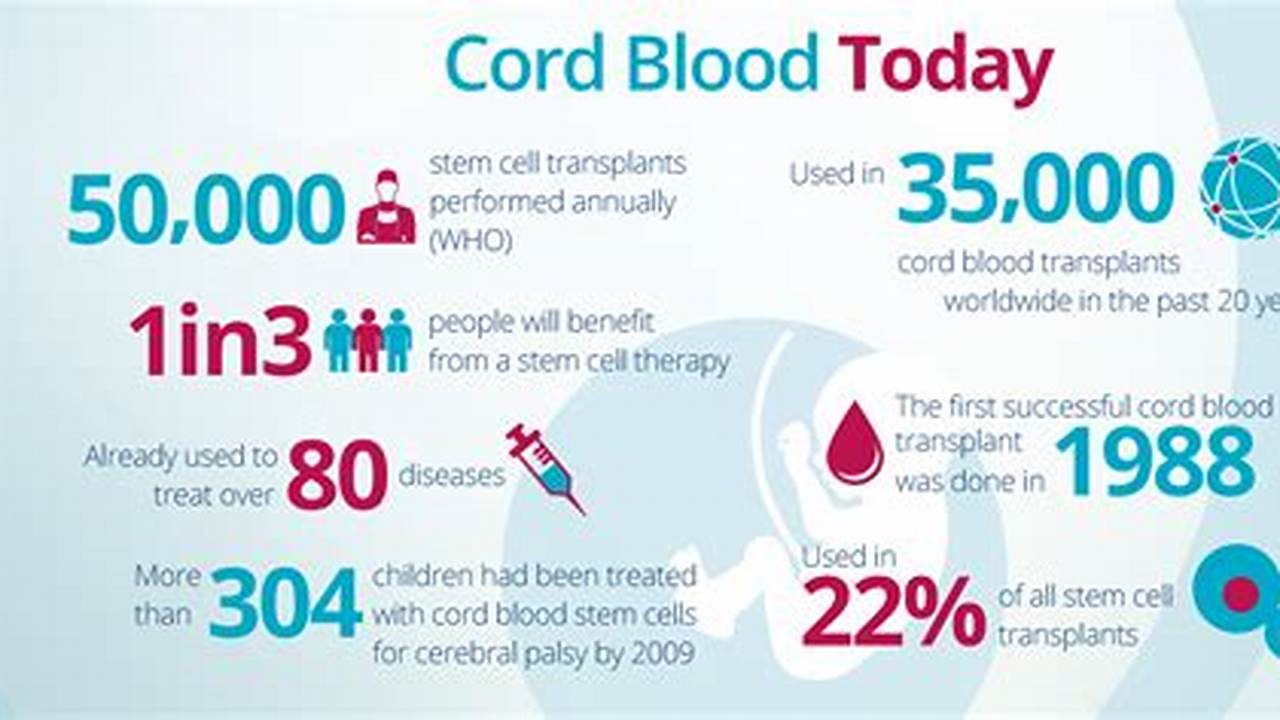Understanding the financial aspects of preserving a newborn’s umbilical cord blood is a crucial step for expectant parents. This biological resource, rich in stem cells, holds potential for future medical treatments. Navigating the associated expenses requires careful consideration and planning.
Initial Processing Fees
These cover the collection, processing, and initial storage of the cord blood unit. Costs can vary based on the chosen cord blood bank.
Storage Fees
Annual or long-term storage fees maintain the viability of the preserved cord blood. Payment plans and options differ among banks.
Transportation Costs
Transporting the cord blood from the hospital to the processing facility may incur additional fees.
Testing Fees
Laboratory tests to assess the quality and viability of the collected cord blood are typically included in the overall cost.
Release Fees
Should the cord blood be needed for a transplant, fees may apply for its release and delivery to the medical facility.
Optional Services
Some banks offer optional services, such as cord tissue storage or genetic testing, which incur additional costs.
Public vs. Private Banking
Donating cord blood to a public bank is typically free, while private banking involves the aforementioned costs.
Long-Term Value
While the upfront costs can seem significant, the potential long-term health benefits for the child or family members should be considered.
Tips for Managing Expenses
Researching and comparing pricing structures across different cord blood banks is essential.
Inquiring about payment plans and financing options can help manage the financial burden.
Understanding the included services and any potential additional fees is crucial for informed decision-making.
Consulting with a financial advisor or healthcare professional can provide further guidance.
Frequently Asked Questions
What are the typical price ranges for cord blood banking?
Costs can vary significantly, but generally range from a few thousand dollars for initial processing and the first year of storage to several hundred dollars annually thereafter.
Is cord blood banking covered by insurance?
Insurance coverage for cord blood banking varies. It’s advisable to check with your specific provider to determine coverage details.
What are the chances of actually using the stored cord blood?
The likelihood of using stored cord blood is relatively low, but it offers a potential source of stem cells for future medical needs.
Can I store cord blood from multiple children at a discounted rate?
Many cord blood banks offer family discounts for storing cord blood from multiple children.
What happens to the cord blood if I discontinue storage?
Options for discontinuing storage may include transferring the unit to another bank, donating it for research, or discarding it.
Planning for cord blood banking involves careful consideration of the associated costs and potential benefits. Thorough research, comparison of pricing structures, and consultation with healthcare professionals will empower expectant parents to make informed decisions regarding this valuable biological resource.



